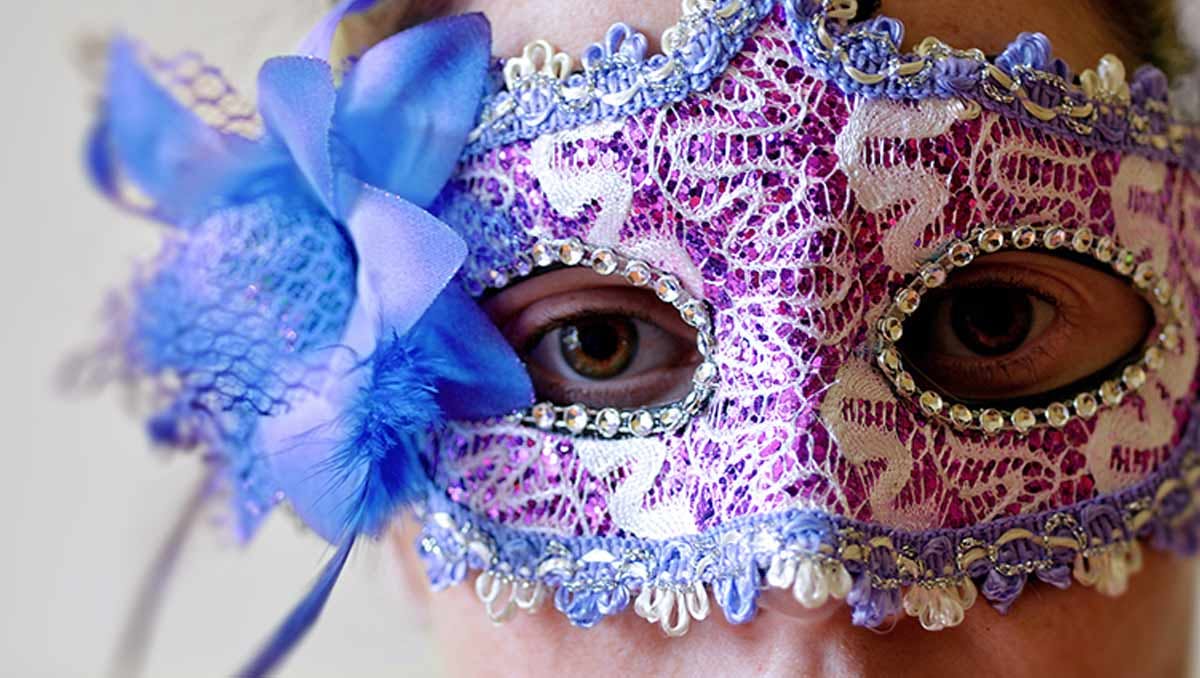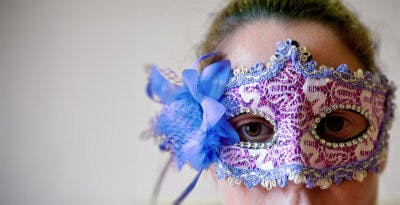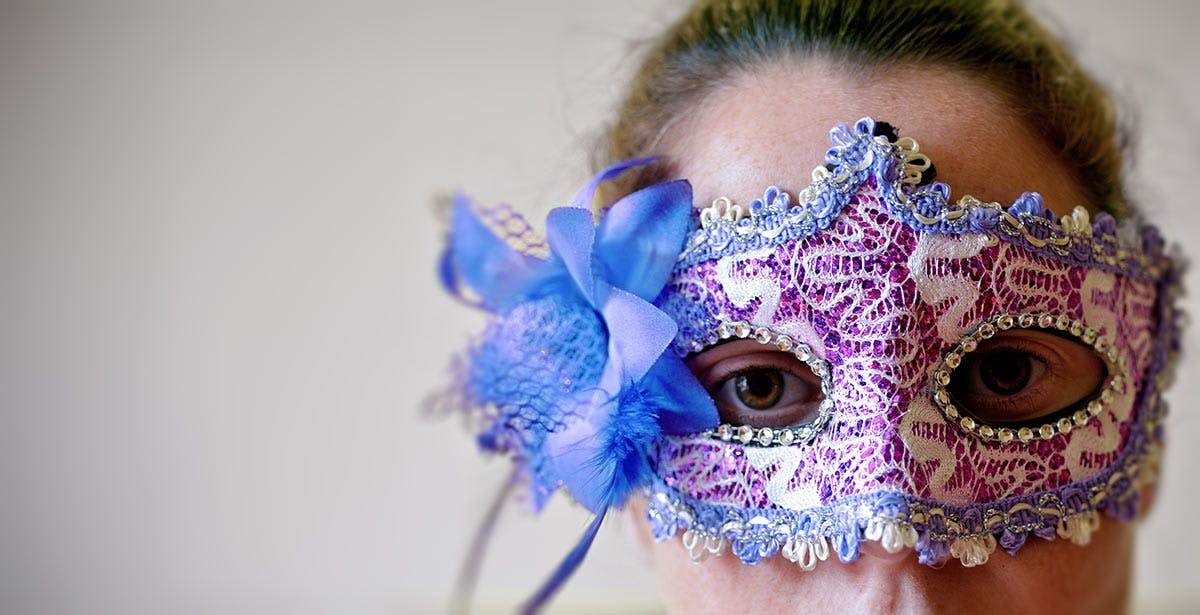
Purim Means Survival
But the path to survival may look different than we think.
by Laura Costea | March 20 2024
The Jewish survival instinct is strong—and for good reason. Sometimes, our story seems like one long battle for survival. A few of our holidays even hinge on that theme.
Since the war in Israel broke out in October 2023, I’ve been listening to the song “Am Yisrael Chai” on repeat. The phrase “Am Yisrael Chai” (the people of Israel live) was reportedly coined by a Jewish army chaplain after winning a battle at the end of World War II. And then in 1967 (est.), Shlomo Carlebach turned it into a song. That song has since provided inspiration on many occasions: from political rallies, to basketball games, to the moment when Golda Meir received her honorary degree, to the day when the prime minister of Israel visited Wannsee Villa in Berlin.1
It’s a good thing we have traditions, songs, and holidays set in place for remembering. When Jewish people everywhere face fears like we do today, we have a place to look to, a history that invites us to hope. We can look back at all the obstacles and remember—we’re still here.
Somehow, against all odds, generation after generation, we’ve made it through. So have you ever wondered, What is the secret to Jewish survival? To explore that question, let’s take a look at the story behind Purim.
The Book of Esther
The king of Persia’s right-hand man, Haman, hated Mordecai. Loyal Jewish man that he was, Mordecai wouldn’t bow down to Haman like all the others. Therefore, Haman decided that he hated all Jewish people and that the only way to satisfy that hate would be to wipe them all off the face of the earth.
Mordecai then teamed up with his niece, Esther, to unveil Haman’s plot and confront the king. When Esther made a bid for the survival of her people, she risked her own life to do it, and as a result, the Jewish people survived in a turn of events that might be described as miraculous.
Antisemitism Then and Now
Here’s what the Book of Esther says about Haman and his plot against the Jewish people:
When Haman saw that Mordecai did not bow down or pay homage to him, Haman was filled with fury. But he disdained to lay hands on Mordecai alone. So, as they had made known to him the people of Mordecai, Haman sought to destroy all the Jews, the people of Mordecai, throughout the whole kingdom of Ahasuerus. (Esther 3:2–6, emphasis added)
Haman’s jealousy towards one man led him to plan the murder of all the Jewish people living in Persia.
To be mad at one Jewish person but then to decide he wanted to exterminate an entire people group? That’s eerily reminiscent of some of the things we’re seeing and hearing now.
Against the age-old evil of antisemitism, one of our greatest defenses has always been our ability to band together and stand up for one another.
Banding Together
We’ve all heard the debate: “Who’s the real hero of Purim? Mordecai or Esther?” The simple answer is both. Each couldn’t have played their part in the story without the other.
When it was time to conceal her identity, Esther obeyed her uncle. And Mordecai kept the family bond alive by hanging out in the king’s courtyard every day to check on Esther. When Mordecai urged her to speak up, Esther hesitated but obeyed. And when Esther directed Mordecai to have all the Jews in Susa fast with her, “Mordecai then went away and did everything as Esther had ordered him” (Esther 4:17).
Esther and Mordecai were both part of a bigger, interconnected mosaic.
The fact is, we wouldn’t have this story were it not for the mutual respect and honor that Esther and Mordecai had for one another. This is worth considering, especially today, when we sometimes see polarization instead of unity within our Jewish communities.
And Esther and Mordecai were both part of a bigger, interconnected mosaic. After all, the missing piece of Esther’s courage only came when she relied on her people to fast and pray. It was her love for the people that motivated her and her love of the people that empowered her.
A Self-Sacrificial Hero
We think of Esther as a political figure, as a queen, but in the moment that changed everything, she was just a young woman who loved her people. We know the ending of the story, but Esther certainly didn’t know how it was going to go. She walked into a room with two men who were physically bigger and stronger than she was (and one of them wanted to murder her) saying, “If I perish, I perish” (Esther 4:16).
In reading the Megillah (scroll), we can see that Esther put her life on the line not once, but twice. She wouldn’t quit until her people were safe. “Then Esther spoke again to the king. She fell at his feet and wept and pleaded with him to avert the evil plan of Haman the Agagite and the plot that he had devised against the Jews” (Esther 8:3).
The Jewish memory that assists us so well in recalling the history of our people may also recall that willing self-sacrifice has long been part of our story. Before Esther, there was Abraham and Isaac. There was David who stood up to the giant. Each character has a beautiful story in their own right; but each is part of a bigger story, too. And the story doesn’t end with them.
While most Jews are not quick to connect Esther and Jesus, Jewish believers in him have noticed a certain similarity. Esther was a unique Jewish person who was willing to lay down her life for her people, and she also provides a picture of what the coming Messiah would do. The apostle Paul, who was a first-century rabbi, wrote that Jesus “made himself nothing, taking the very nature of a servant, being made in human likeness” (Philippians 2:7). In Jesus, God sent the Messiah as the ultimate mediator. He willingly laid down his life and worked for an even grander universal salvation.
The Ally We Cannot See
In the story of Purim, we can see how important Jewish unity is and always has been. We can also see that a willingness to sacrifice ourselves for one another is part of who we are. As important as those things are, behind all of that is a truth that’s never directly mentioned in the Book of Esther.
Perhaps the most frequent observation about this story is that God’s name is never mentioned, yet it’s clear that He’s always there.
And if we’re patient enough to read through to the end of the book, we’ll see just what an impact His presence can make. “Does not the fate of Haman teach us how watchful is the superintendence of God over the affairs of man—and how inefficient are all the cunningly devised plans of the proud and wicked to injure those who are too weak to protect themselves from the impending danger?”2 Perhaps the moment we’re living in now is a time for all who trust in the God of Israel to remember that our story is not over yet.
Lately, I’ve seen this question pop up in many different circles: In the face of rising antisemitism, who will stand with the Jewish people? Maybe even today, our biggest ally is the One we cannot see.
Jewish survival has always been built on trust in the One who made us Jewish.
Just as there’s more to our story, there’s more to the story of “Am Yisrael Chai.” Shlomo completed the lyrics with this line: “Od Avinu chai” (Our Father lives). He was inspired by the biblical account of Joseph’s reunion with his family. When Joseph was finally alone with his brothers, the first question he asked them was, “Is my father still alive?” (Genesis 45:3). According to My Jewish Learning, “In Carlebach’s rendering, that question is turned into a statement.”3 The people of Israel live because our Father lives.
Joseph had to take his brothers’ answer on faith because, at that moment, he couldn’t see his father. Maybe we can take our answer on faith too.
We can have faith now because the story of Purim (like all our stories) shows us that Jewish survival has always been built on trust in the One who made us Jewish.
“It is better to take refuge in the Lord than to trust in man.” (Psalm 118:8)
Endnotes
1 My Jewish Learning, “Am Yisrael Chai: The Meaning and History of this Jewish Rallying Cry,” My Jewish Learning, accessed March 19, 2024.
2 Isaac Leeser, “The Hand of Providence,” in The Purim Anthology (Philadelphia: Jewish Publication Society, 1949), chap. 8, Kindle.
3 My Jewish Learning, “Am Yisrael Chai.”

